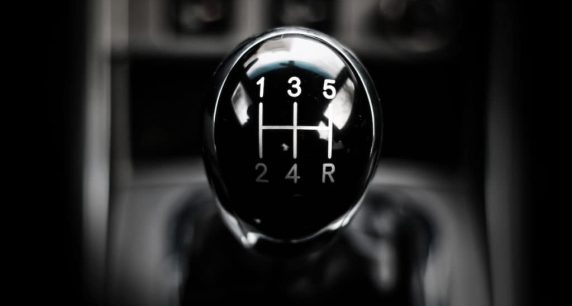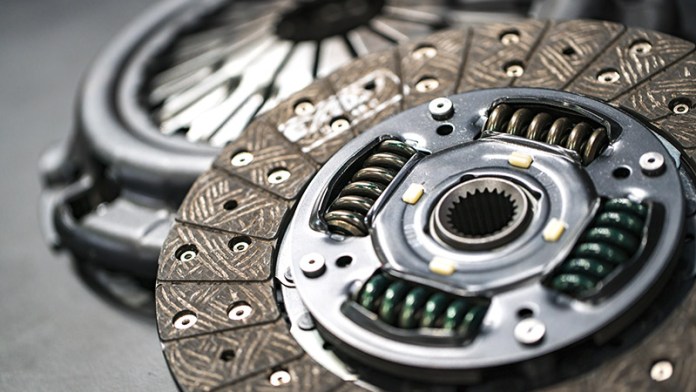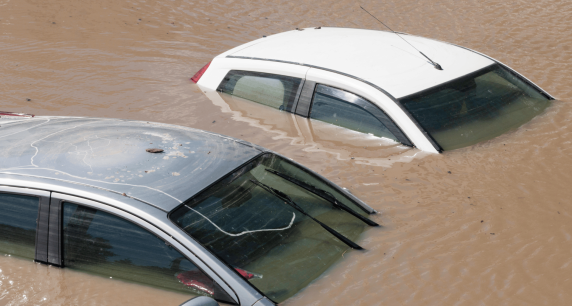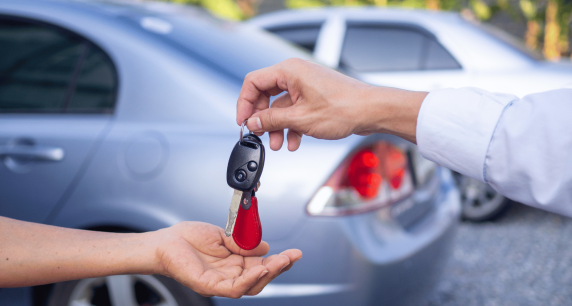Signs of a Failing Clutch

The clutch is a key part of a manual transmission that enables you to shift between gears. If it is not working correctly or any part of the clutch system is damaged, you will experience problems and it could lead to even more significant transmission issues.
A clutch if taken well care of can last for more than 70,000 kilometers while some have got their clutch plates replaced even at 10,000 kilometers. There are signs to let you know when your clutch may not be functioning properly or have some sort of damage.
SYMPTOMS THAT YOUR CAR CLUTCH IS WEARING OUT
- Clutch Slipping
The slippage of the clutch means that the clutch has already started to wear out. You might notice a lag or a faint judder when the car is picking up. The RPM starts to rise up further than required. If any of these take place, your car clutch is shot and it’s time to take your car to the nearest mechanic. - Trouble Shifting Gears
Another indicator of car clutch failure is when the car isn’t shifting gears properly. Whenever you try to shift a gear it might not slot into gear at once and would require some effort. That’s a sign of a damaged car clutch. - Sharp Chirping Noise
You might hear a sharp chirping noise when you release the clutch pedal while driving and it goes away after you press the clutch again. That is due to the worn-out clutch release bearings. - Shuddering
When grease or oil gets accumulated or if and when you drive wade through waterlogged roads there is a shuddering of the engine when you change gears at low speeds. This might be a sign of a damaged clutch if the problem persists for long.
DRIVING HABITS THAT DAMAGE YOUR CAR CLUTCH

- Putting the car in gear at a stoplight
When standing at a stoplight or whenever your car stops make sure that you’re not engaging the clutch pedal while the car is at rest. Stop the car, put the gear on neutral and use the brake if on a slope. - Resting your hand on the gear lever
You might have a habit of keeping your hand on the gear lever while driving. Well, it’s not a piece of good news for you then. Putting your hand on the gear lever puts pressure on the gear forks which in turn hampers the rotation of the rotating collar which can quickly turn into an expensive repair. - Lugging the engine at low speeds
“Lugging” refers to when you put extra pressure on your car while on a higher gear to accelerate. While it’s good to maintain an average and drive your car, it’s not recommended to be on a higher gear and driving slow. The recommended gear and speed combination which gives the best mileage is 60 kmph in 4th gear. - Changing gears slowly
This is a usual phenomenon with newer drivers. While you press the clutch pedal, make sure that you change the gear quickly and not linger with the clutch pedal is pressed. - “Launching” your car
Well, you might be a driving enthusiast and you love speed and racing, your car doesn’t. Pressing the clutch and raising the RPM to 4000 to 5000 can be destructive for the entire car clutch system. A few wheel spins might make you replace your clutch place or even the entire clutch system. - Riding the clutch
The phrase ‘riding the clutch’ is often used by motorists and car enthusiasts for when the car pedal is pressed partially while driving the car. Make sure that the only time you’re pressing clutch is when you’re changing gears. Don’t rest your foot on the clutch pedal while driving. A slight press on the clutch can cause the gears to wear and tear quickly.

The life of a car clutch varies from car to car and user to user. From driving habits to the conditions you drive in, it can fluctuate big time. If you’re someone who drives smoothly maintaining your car’s mileage then the clutch might last for as long as 1,00,000 kilometers.
As you might have understood by now, the car clutch is a complex component, involving different parts at work. So it makes it quite obvious that if one of the parts might not work properly it isn’t necessary to replace the entire clutch system. A small change here, a small replacement there, and you’ll be good to go.
- If your car is experiencing clutch slippage then you might have to change the entire clutch assembly at once. Now, this might also depend from car to car on the condition that if the car has a direct clutch or a hydraulic clutch.
- Shuddering as explained above, occurs due to friction and through the accumulation of oil, dust and grease. In this case, you might have to replace and repair the clutch friction plate assembly and pressure plate.
- If you’re facing troubles while shifting gears then it is just a minor repair and your clutch will be all hale and hearty again. For a cable-operated clutch just adjusting the linkage could sort out this problem.
The golden rule behind a healthy and long-living clutch is not to drive recklessly. It is as simple as that!





